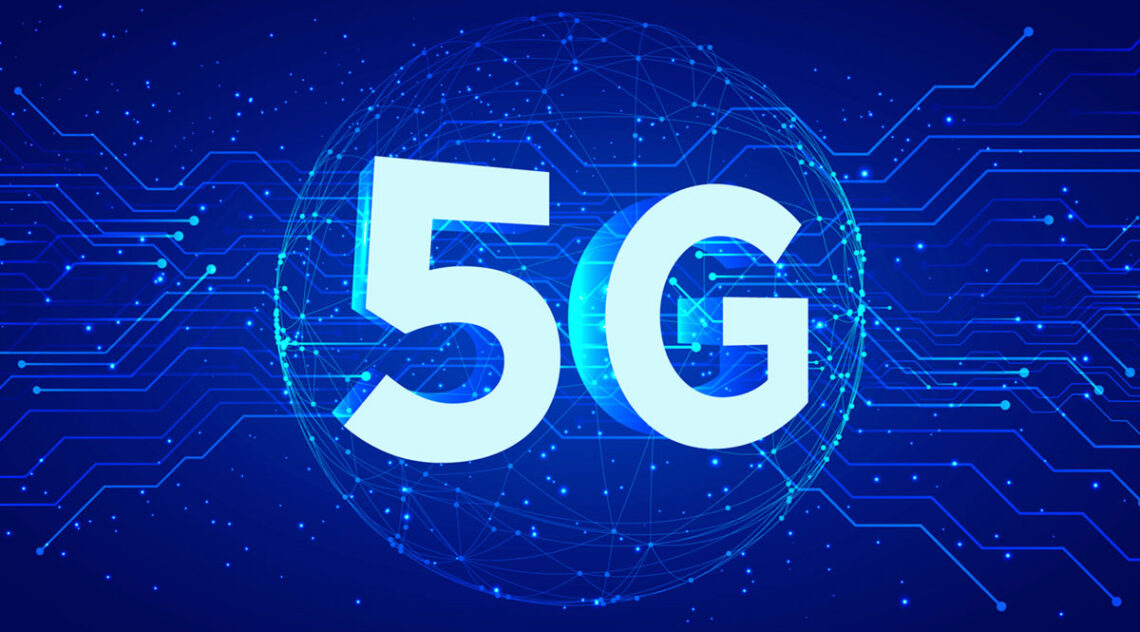
The GSMA today welcomed the international spectrum treaty adopted by the World Radiocommunication Conference 2019 (WRC-19), which will unlock the potential for game-changing 5G services around the world. The conference, which has just concluded in Sharm el-Sheikh, Egypt, has identified much-needed spectrum for a broad range of new ultra-high-speed and ultra-low latency consumer, business and government services.
Innovative 5G services that rely on the almost instantaneous delivery of large amounts of data are now possible through the identification of millimetre wave frequencies in the 26 GHz, 40 GHz and 66 GHz ranges. These include virtual and augmented reality applications, remote control of industrial robots, autonomous vehicles, as well as entertainment services, such as downloading 4K movies in seconds.
International coordination supported by the International Telecommunication Union (ITU) at WRCs is essential to achieving widespread spectrum harmonisation for mobile services. The global identification of mmWave frequencies will help unlock economies of scale needed to accelerate the delivery of innovative and affordable 5G services around the world. A wide range of industries – including manufacturing, transport, healthcare and education – are set to benefit.
“WRC-19 has brought the mobile industry a step closer to making the full power of 5G something everyone can experience,” said Mats Granryd, Director General, GSMA. “Countries struck the right balance in opening up groundbreaking possibilities for 5G while protecting existing radio services worldwide. The mobile industry’s goal going into WRC-19 was to identify enough 5G spectrum to deliver long-lasting socio-economic benefits. WRC-19 delivered on this goal, and also secured a pathway to 5G’s future success in the agenda for WRC-23.”
As mobile continues to evolve, so do the spectrum requirements. WRC-19 recognised this by setting an agenda for the next WRC in 2023 that will consider identification of additional mid- and low-frequency bands.
Mid-frequency spectrum in the 3 GHz range (from 3.3-4.2 GHz) is already being used for commercial 5G services, providing a good balance of coverage and capacity. Increasing the amount of globally harmonised spectrum in this frequency range at WRC-23 would boost 5G network performance, bring down deployment costs and drive significant economic benefits.
To help spread the benefits of 5G to rural areas and accelerate the Internet of Things (IoT) revolution, the GSMA is also supporting efforts to identify more spectrum below 1 GHz at WRC-23 to improve 5G coverage.
“We want the benefits of 5G to be available to everyone. With more than 5 billion mobile subscribers globally, previous generations of mobile technology have connected more people more quickly than any technology in history,” added Mats Granryd. “WRC plays an essential role in driving the global economies of scale that allow mobile services to transform people’s lives and national economies.”